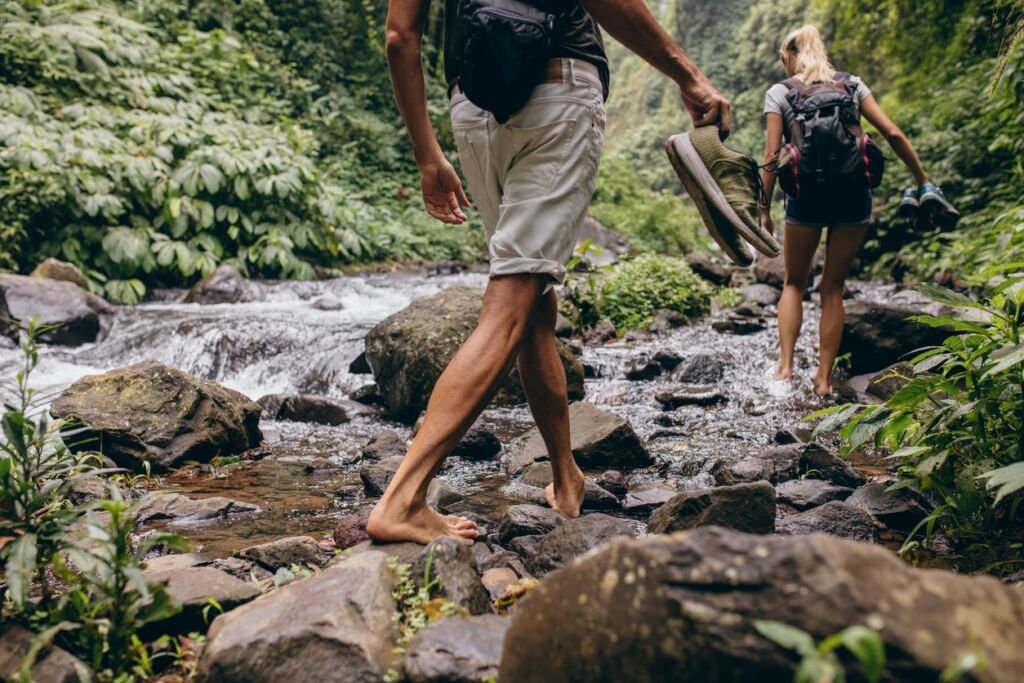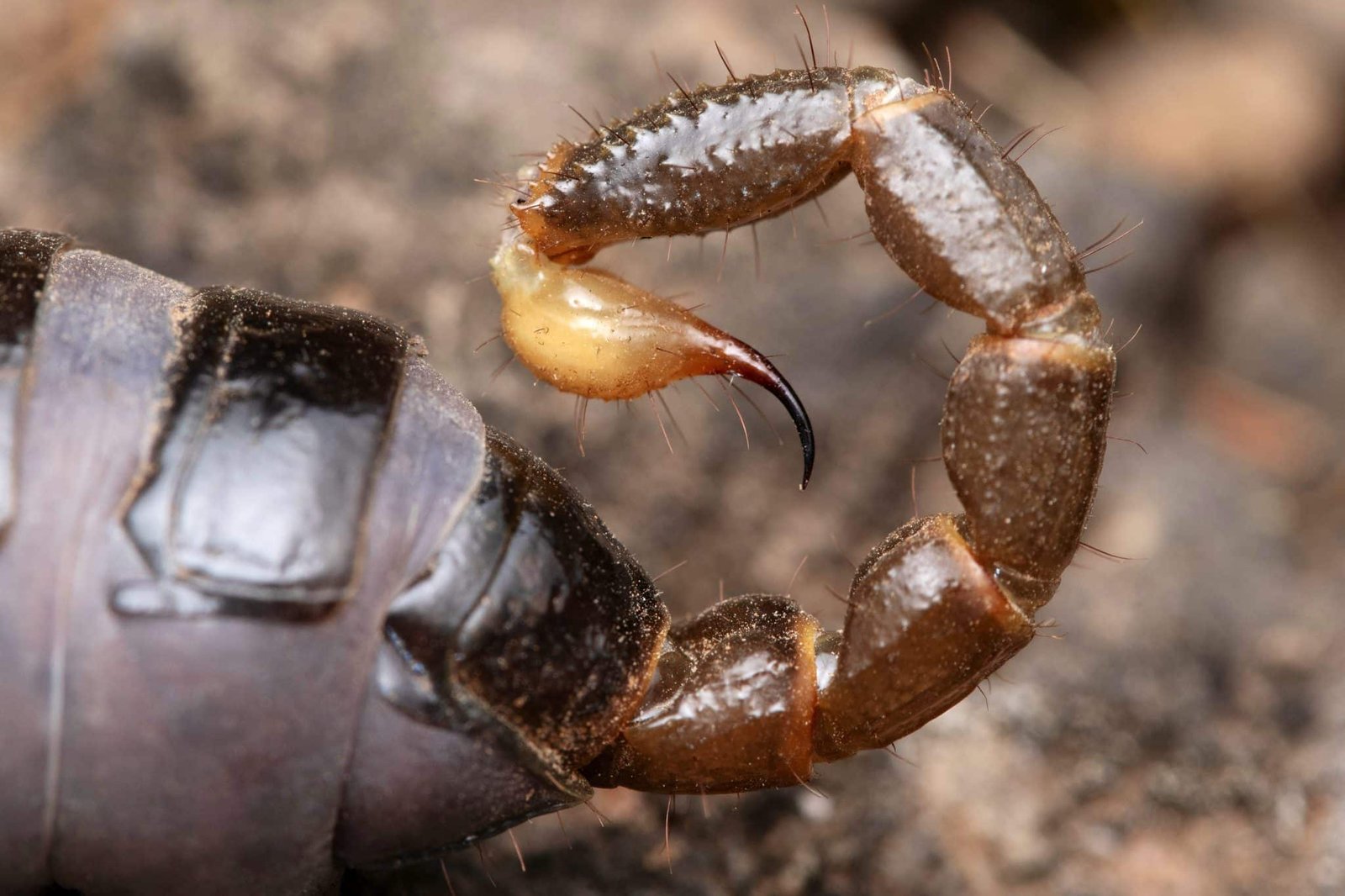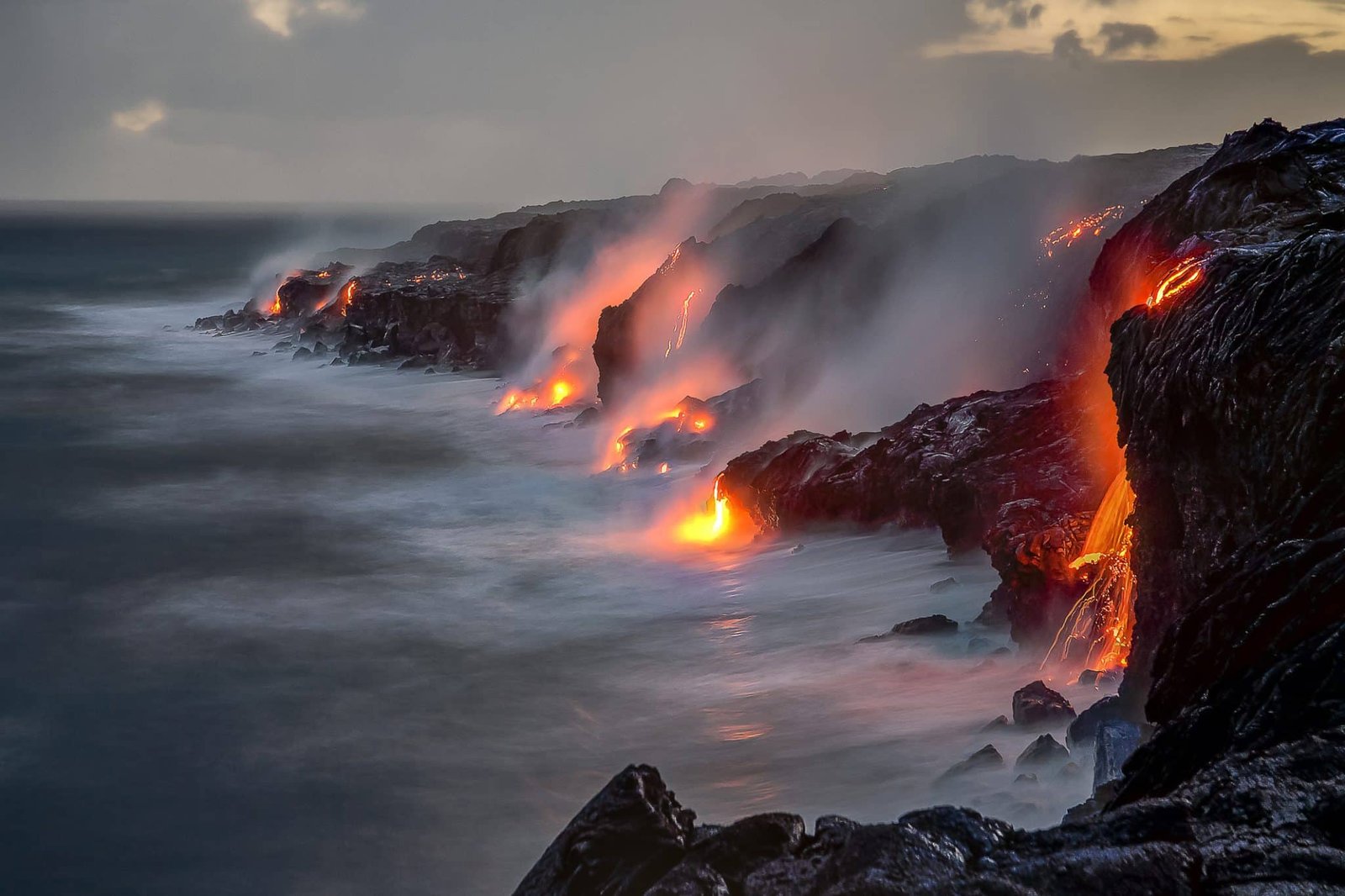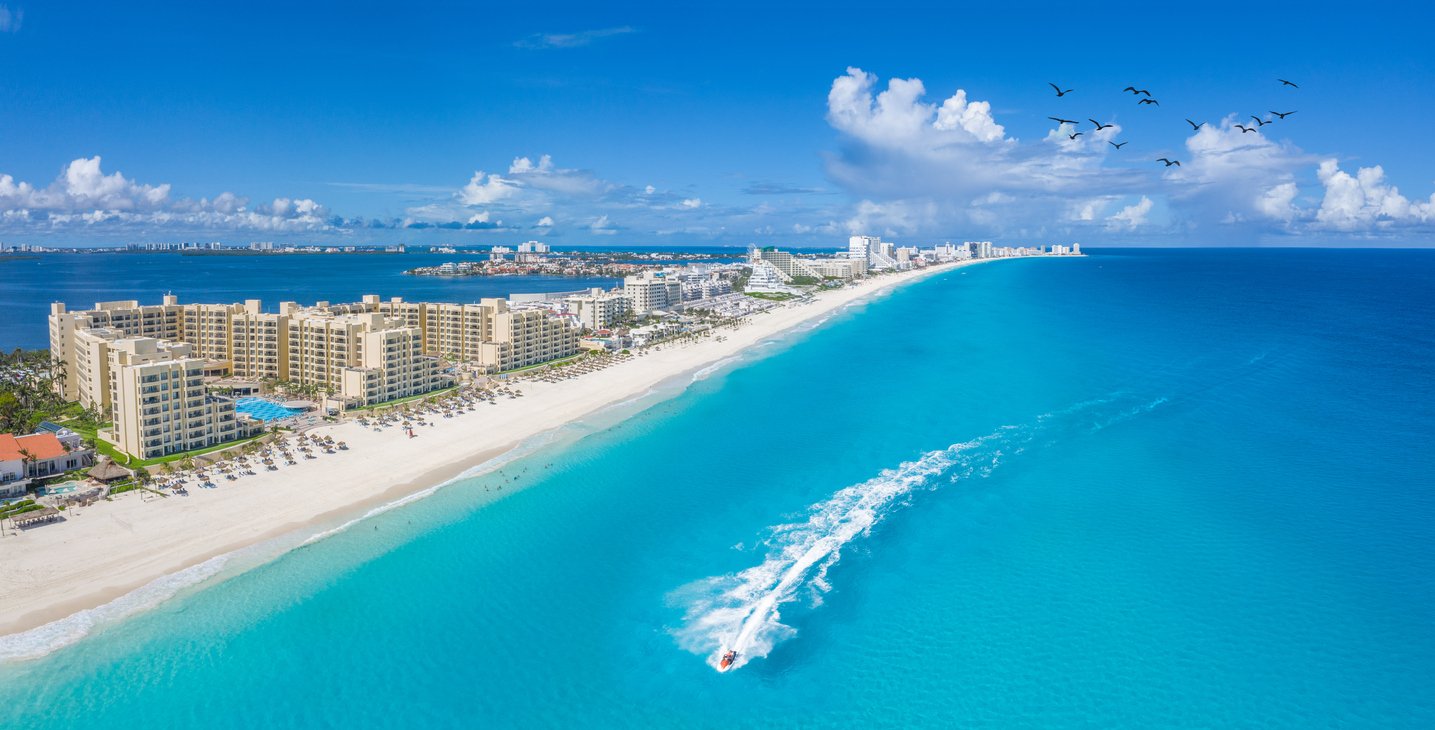Scorpions in Mexico: What You Must Know Before Your Holiday
|
Prefer listening over reading? We got you covered!
Getting your Trinity Audio player ready...
|
One of the most exciting parts of traveling is checking out new foods, new landscapes, and new cultures. But what we often don’t think about is the new insects and creepy crawlies that we’ll be encountering!
Especially on a trip to somewhere like Mexico – and wonderful resort locations like Cancun, Cabo, and Tulum – where they have climates ranging from arid to tropical.
Many of us have seen the images of scorpions floating in tequila bottles in souvenir shops along the streets of Mexican towns, but are scorpions really as prevalent there as we are led to believe?
Let’s take a look at what’s going on with the scorpions (or alacranes, in Spanish) down in Mexico.

The Good and the Bad of Mexican Scorpions
We’ve got good news and bad news for those who aren’t the biggest fans of bugs. The bad news is that there are about 281 species of scorpions in Mexico. The good news, only eight of those species deliver deadly stings.
While there are around 250,000 scorpion stings reported each year, less than 0.02% of those stings result in deaths. Unfortunately, most deaths occur in young children and in rural areas with small settlements due to limited medical care.
Scorpions aren’t all bad though! Mexico has the highest diversity of scorpions in the whole world and has become an area of interest for researchers who study the medical uses of their venom.
Mexico’s antivenom industry supplies a huge portion of serum exports to countries throughout Latin America, the United States, and Australia.
Mexico not only contributes to antivenom development but also researches a variety of other medicinal uses for the peptides found in scorpion venom.
While still in the early stages of development, many researchers believe that scorpion venom could be helpful in cures and treatments for diseases such as cancer, multiple sclerosis, Lupus, and Rheumatoid Arthritis!
However we can still understand why you would want to avoid them. We show you how to do just that, as well as what to do if stung, and which scorpions are the deadliest, next.

Where Scorpions in Mexico are Located if You Want to Avoid Them
You can potentially find scorpions throughout most of Mexico, including in resort areas like Cancun and Cabo, however, there are some areas with higher risk than others. Certainly outside the resort areas of Cancun, Cabo, Tulum and others, you can find many scorpions.
The areas with the highest risk are the central and northern states along the Pacific Coast. States like Jalisco, Michoacan, Guerrero, Colima, and Nayarit are more likely to be home to the dangerous varieties of scorpions in Mexico (more on those below).
Incidences of scorpion stings are more frequent during the hotter months, between April and June. This is when they are reproducing and more likely to be outside of their burrows.
The Different Types of Mexican Scorpions to Look Out For
With 281 different species of scorpions in Mexico, we couldn’t possibly touch on all of the different species and whether or not they are deadly or not. Luckily, there’s a simple way to figure out how quickly you need to seek medical attention or not. We’re going to follow the local’s direction with this one!
Mexico’s scorpions can be categorized by their different colors: black, brown, or yellow. The black and brown varieties are typically harmless. The sting will likely be very painful, but rarely life-threatening. We advise that everyone head to a local doctor for any scorpion sting though, just to be safe, but particularly if you’re very young, old, or tend to be more allergic to insect stings or bites.
The light-yellow scorpions are the scorpions in Mexico that you need to be more careful with and are highly venomous. The yellow scorpions you’ll find in Mexico will likely belong to the genus Centruroides.
Of the eight species of scorpions that are considered a significant public health risk, all of them are Centruroides. Even though a yellow scorpion sting is unlikely to cause death, you should still head to the hospital to receive anti-venom. Keep in mind that the first 30 minutes after the sting are the most crucial.

How to Avoid A Scorpion Sting
Interestingly enough, the Mexican Ministry of Health states that scorpion stings happen inside homes more often than outside. There are a few simple things that you can do to help prevent any potential scorpion stings while you’re in Mexico.
- Shake out your clothes and shoes before putting them on
- Check your sheets and bed before getting in; make sure the bedding doesn’t reach to the floor
- Shake out any towels before use, especially if they’ve been on the floor
- Don’t try to stomp or kill scorpions if you see them; if they’re inside try to relocate them using a glass and piece of paper
- Don’t walk around barefoot; be especially careful outside in areas with lots of foliage

What to Do If You Get Stung
The first thing you should do is receive medical attention. This is especially important for children, elders, and highly allergic people or anyone who has been stung by a yellow scorpion.
As we mentioned, the first 30 minutes are critical, so make a plan to see a medical professional as soon as possible. It’s always better to be safe than sorry, especially when you’re on vacation. Ideally, if you can bring the scorpion with you to the doctor, this will help them to determine treatment. Be careful not to get stung again.
Keep track of your symptoms so you can share this information with your doctor. Most people will experience mild symptoms such as pain, swelling, numbing, tingling, or burning. It’s possible to develop more serious symptoms ranging from muscle twitching to seizures to an irregular heartbeat. Severe symptoms are not very likely, however, if you notice them, make sure you’re seeking medical attention as quickly as possible.
If you make the decision to treat your scorpion sting at home, wash the area with soap and water and remove any jewelry nearby in case of swelling. You can apply a cold rag to the area to help with the sting. Take a pain reliever or antihistamine to help with the symptoms after consulting with your doctor. If symptoms begin to worsen, head to the hospital immediately.

Scorpions Are Unlikely To Ruin Your Mexican Vacation
With a few simple tricks to avoid any run-ins with scorpions, it’s very unlikely that a scorpion sting will ruin your Mexican vacation. Even if you do get stung, for most people it’s not much worse than a bee sting.
Although scorpions can appear scary, they should be respected. They typically only sting as a defense mechanism and will try their hardest to avoid human contact. Scorpions are a crucial part of the ecosystem and a natural predator for many other insects. They also contribute to medical research and advancement around the globe. The best advice is to do your best to avoid them and they will do the same!











